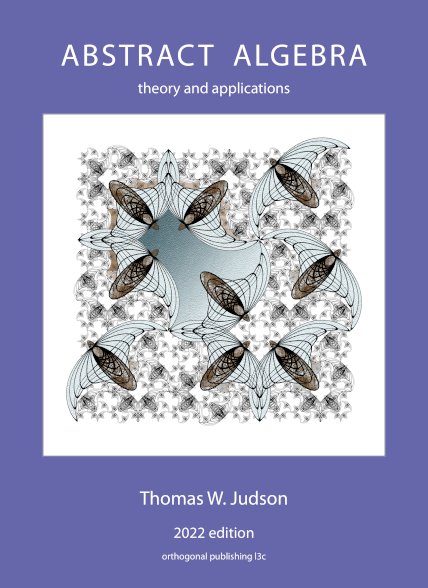Section 16.3 Ring Homomorphisms and Ideals
In the study of groups, a homomorphism is a map that preserves the operation of the group. Similarly, a homomorphism between rings preserves the operations of addition and multiplication in the ring. More specifically, if
The set of elements that a ring homomorphism maps to
Example 16.21.
Let
Ring homomorphisms of the type
In the next proposition we will examine some fundamental properties of ring homomorphisms. The proof of the proposition is left as an exercise.
Proposition 16.22.
In group theory we found that normal subgroups play a special role. These subgroups have nice characteristics that make them more interesting to study than arbitrary subgroups. In ring theory the objects corresponding to normal subgroups are a special class of subrings called ideals. An ideal in a ring
Example 16.23.
Let
Example 16.24.
is an ideal in
Theorem 16.25.
Every ideal in the ring of integers
Proof.
The zero ideal
where
Example 16.26.
The set
Proposition 16.27.
Proof.
We know from group theory that
and
Remark 16.28.
In our definition of an ideal we have required that
Theorem 16.29.
Proof.
We already know that
and
The ring
Theorem 16.30.
Proof.
Certainly
which completes the proof of the theorem.
The map
Theorem 16.31. First Isomorphism Theorem.
Let
Proof.
Let
Theorem 16.32. Second Isomorphism Theorem.
Theorem 16.33. Third Isomorphism Theorem.
Theorem 16.34. Correspondence Theorem.
Let

